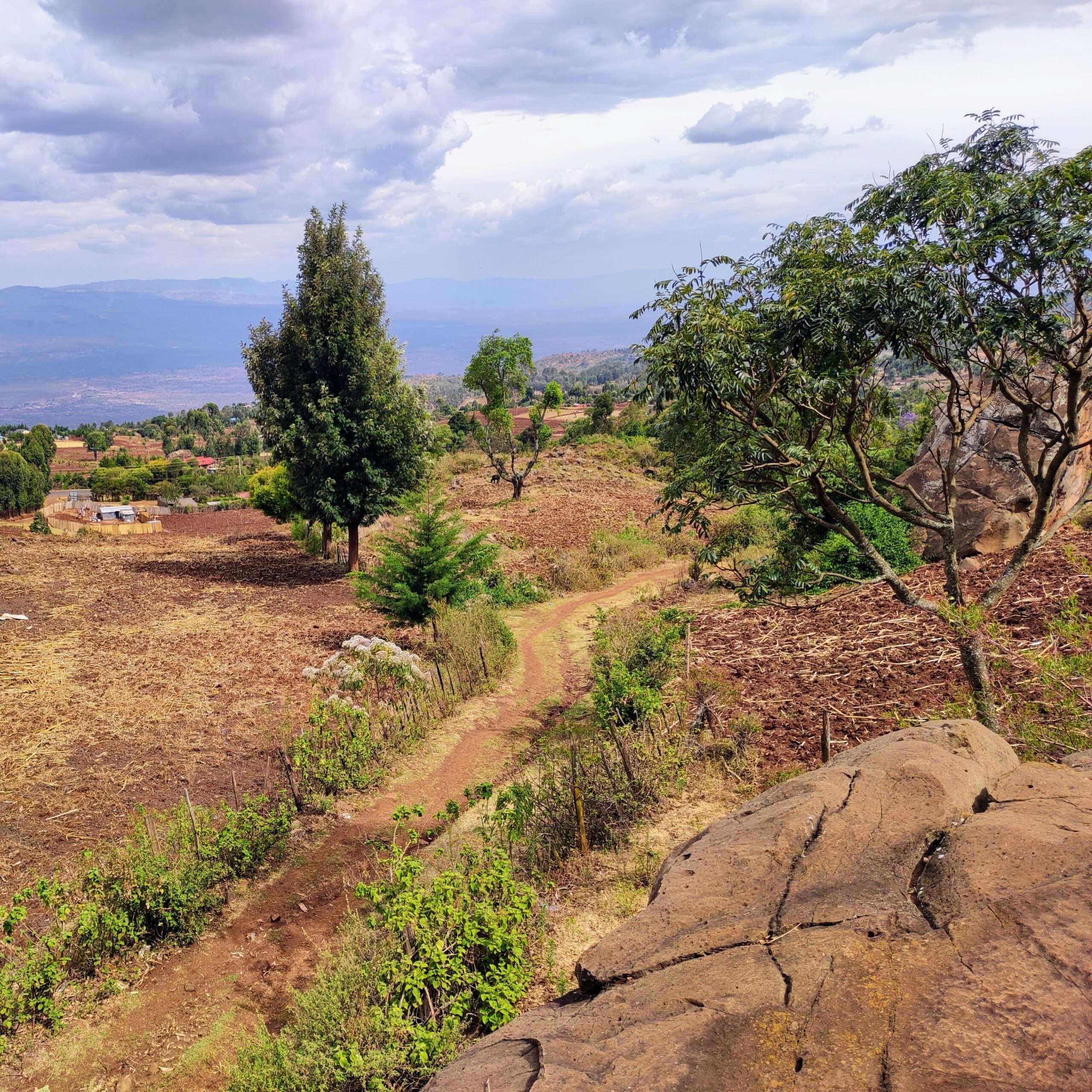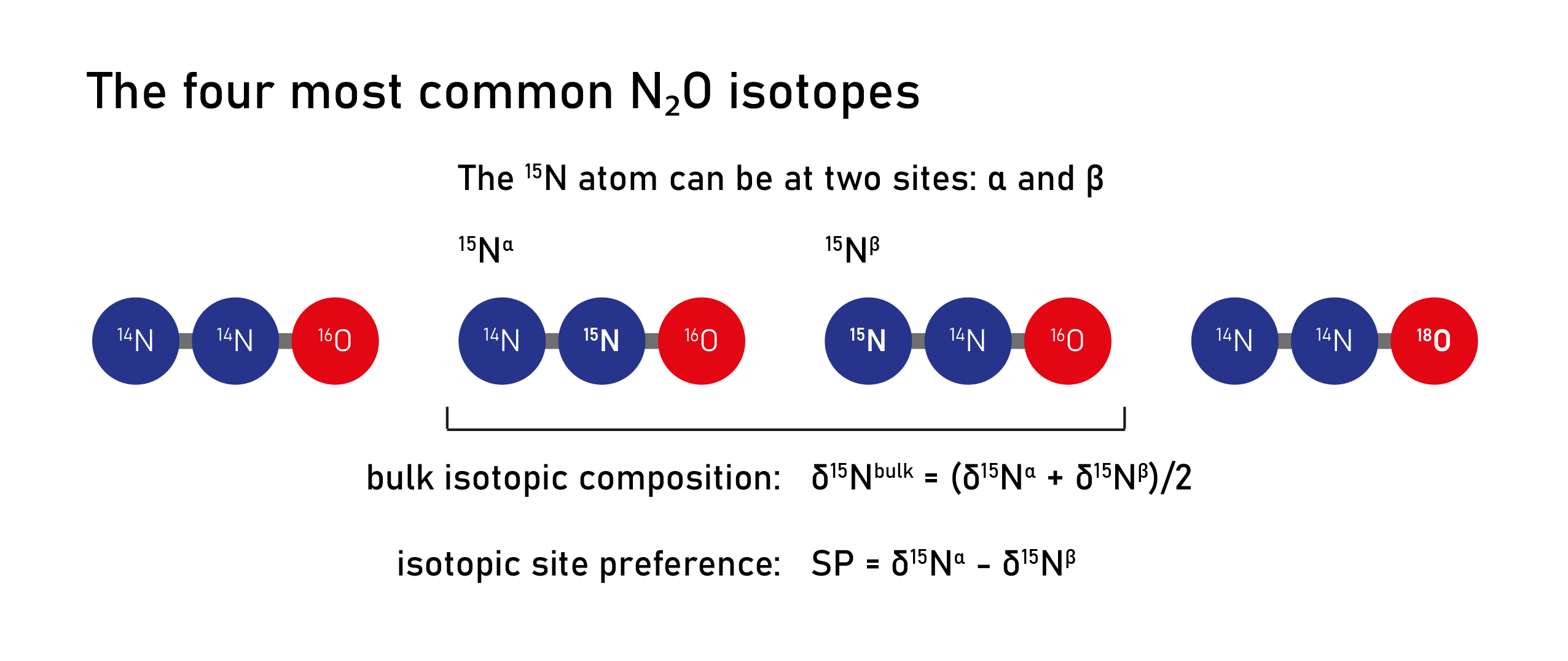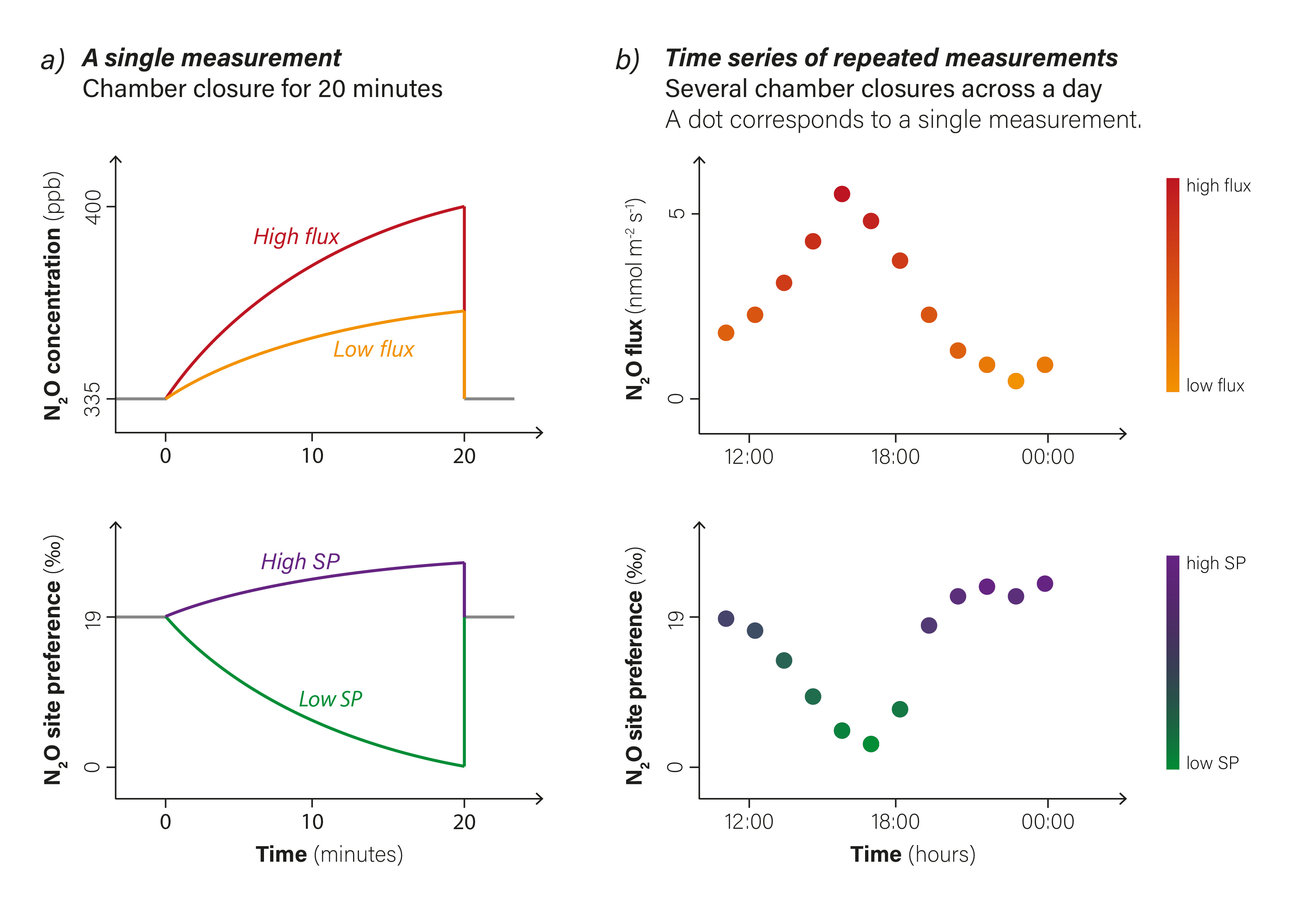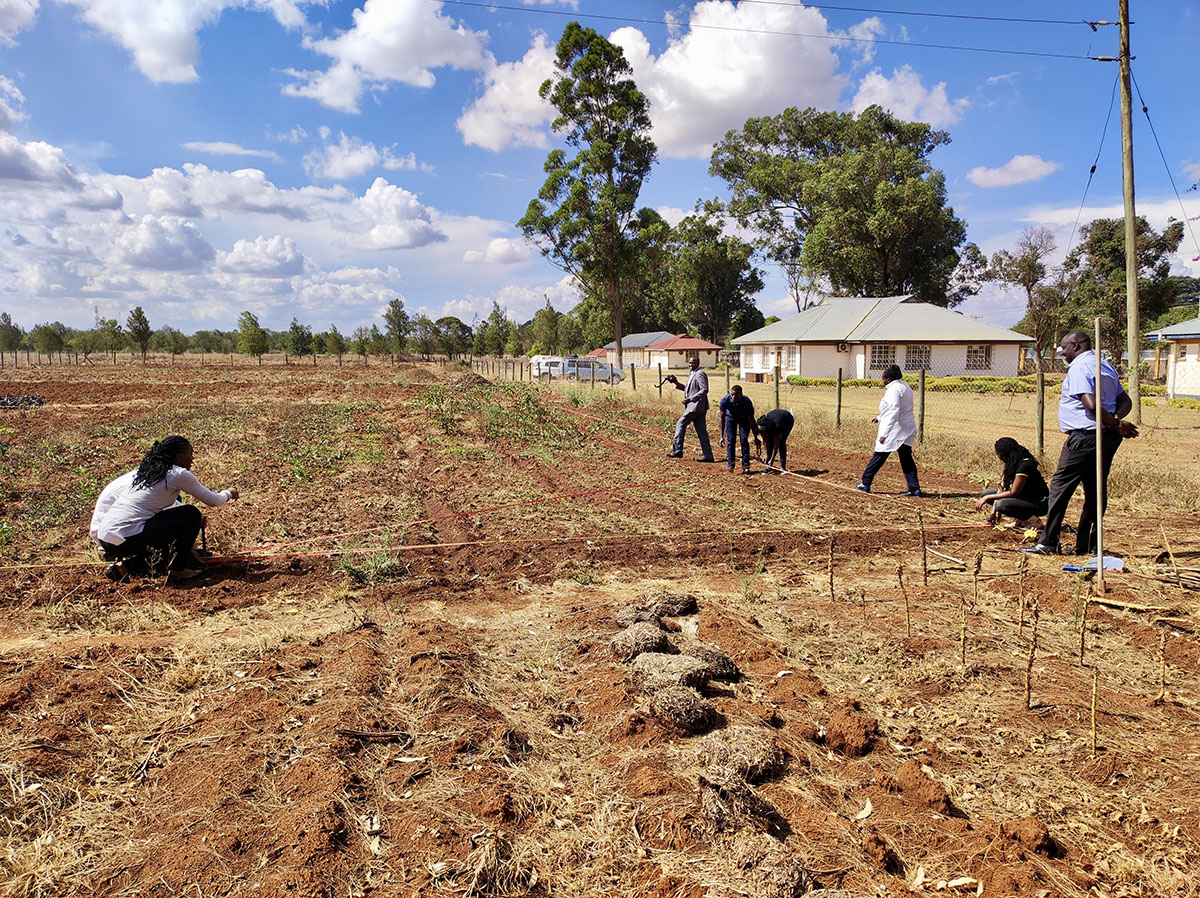Combining measurements, modelling and machine learning to improve N2O accounting for sustainable agricultural development in sub-Saharan Africa

Food security is a major issue in sub-Saharan Africa, with 25-40% of households classified as food insecure. In recent decades, agricultural production in sub-Saharan Africa has strongly increased, however the majority of production increases come from the expansion of cultivated area, while yield per area (productivity) remains low. One of the major causes of low productivity is insufficient use of nitrogen fertiliser: Fertiliser application is often 10 times lower than recommended due to high costs and lack of access to fertiliser.
In the coming decades, fertilizer use in sub-Saharan Africa is predicted to increase in order to achieve increasing agricultural productivity. If fertilizer application is carefully controlled, emissions of greenhouse gases from agricultural soils can be minimized while ensuring high productivity and food security: Climate-smart agriculture. The success of climate-smart agricultural practices depends on detailed knowledge of nutrient cycles in soils.
Nitrous oxide: A potent greenhouse gas and an indicator of agricultural nitrogen use efficiency
Nitrous oxide (N2O) is a powerful greenhouse gas and the most potent stratospheric ozone-depleting substance released this century. The strongest anthropogenic source of N2O is microbial production in agricultural soils following fertiliser nitrogen (N) addition: This source accounts for 65% of Switzerland’s total N2O emissions. While anthropogenic N2O emissions are a direct environmental threat, N2O is also a marker for N waste in agriculture. To reduce agricultural N2O emissions, farmers need to maximise the transfer of fertiliser N into crops, known as Nitrogen Use Efficiency. This can be achieved through climate-smart agricultural management practices, which aim to precisely match the needs of crops with management practices such as fertiliser application and timing.
Measuring nitrous oxide fluxes and isotopes using laser spectroscopy
Measuring the flux of a greenhouse gas like N2O tells us how strongly the gas is emitted from or taken up by the soil, however it does not tell us about the processes responsible for the gas production and consumption. The isotopic composition of the gas, in contrast, can act like a fingerprint for different emission processes. In the case of N2O, the isotopic site preference is particularly useful to distinguish between the major microbial pathways of nitrification (high SP) and denitrification (low SP).

Fluxes of greenhouse gases like N2O can be monitored in the field using chambers, which close over the soil to trap gases which are released from the soil. We can measure the increase of N2O in the closed chamber to estimate the flux: When N2O builds up quickly, this indicates a high flux. Using laser spectroscopy, we can also measure the isotopic composition of N2O in the chamber headspace, because the different isotopocules absorb laser light at different wavelengths. Through repeated chamber measurements we can construct a timeseries of the flux and isotopic composition of emitted N2O.

Although the example shown in the figure looks simple, interpreting these isotopic datasets is challenging. The TimeFRAME tool, recently developed at SDSC, is an easy-to-use Bayesian hierarchical modeling approach to quantify the pathways producing and consuming trace gases based on isotopic measurements. You can find more information about TimeFRAME on the project repository and in an upcoming publication.
Project tasks and goals
In N2O-SSA, we will use a combined measurement-data science-modeling approach to understand the drivers of soil N2O emissions, in particular the influence of precipitation and soil moisture.
Specific project tasks include:
- 2023: Develop TREX-QCLAS-chamber system for a high precision monitoring of N2O fluxes and emitted N2O isotopic composition from soils.
- 2024: Conduct a 6-month measurement campaign in Eldoret, Kenya, to understand soil N2O sources and sinks across a dry-wet seasonal transition.
- Compile N2O flux and isotope data from studies in sub-Saharan Africa and other tropical regions, and – in combination with campaign measurements – analyze data to understand the drivers of N2O production and consumption.
- Use data science approaches for modeling and spatiotemporal upscaling, in order to predict future emissions and promote the development of targeted mitigation strategies.

Project scientists
| Swiss Data Science Center, ETHZ | Dr. Eliza Harris |
| Dr. Phillip Agredazwyzcuk | |
| Turry Ouma | |
| Prof. Fernando Perez-Cruz | |
| Sustainable Agroecosystems, ETHZ | Prof. Johan Six |
| Dr. Matti Barthel | |
| University of Eldoret | Dr. Abigael Otinga |
| Dr. Ruth Njoroge | |
| ILRI | Dr. Sonja Leitner |
| Dr. Yuhao Zhu |
This project is funded by the Swiss National Science Foundation (200021_207348).
